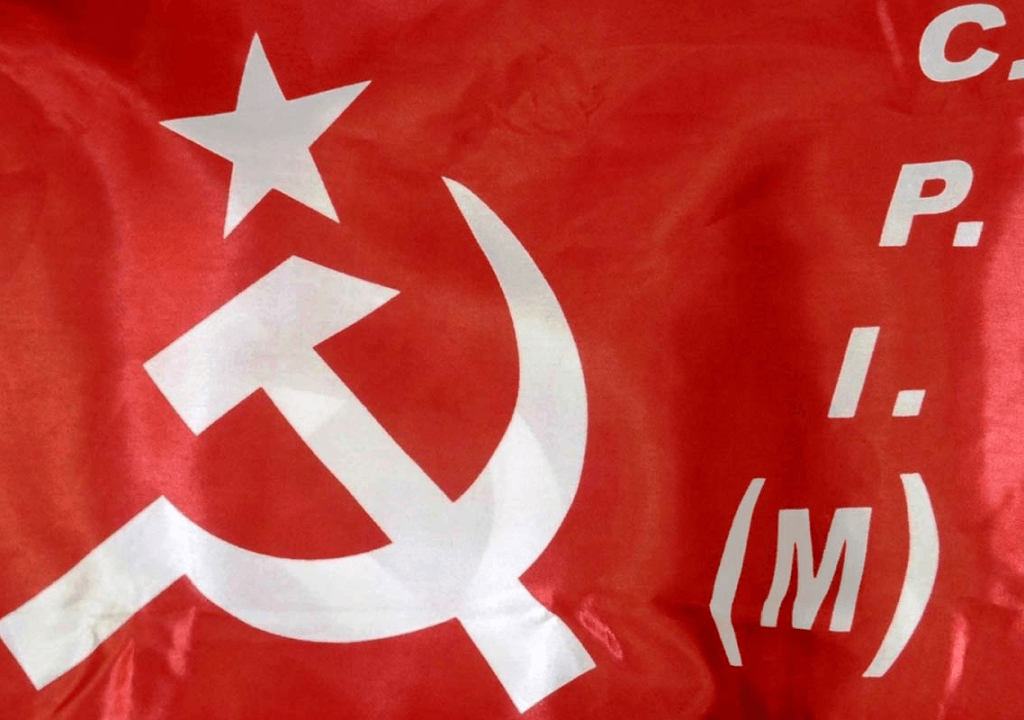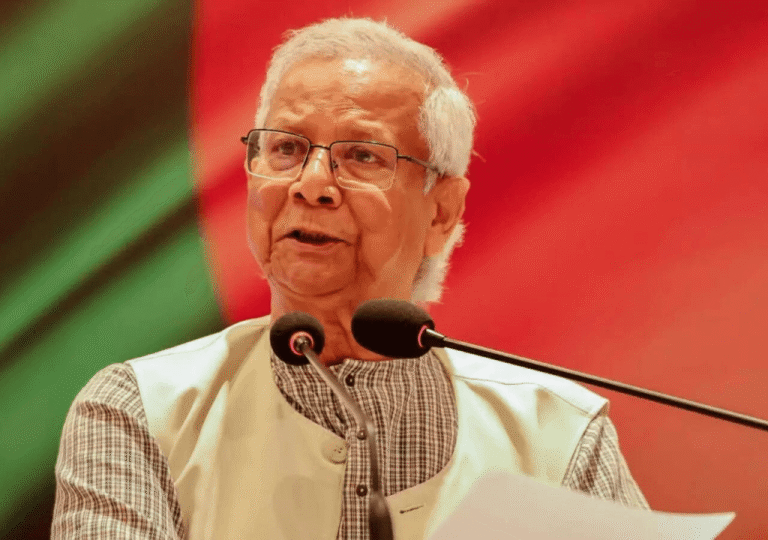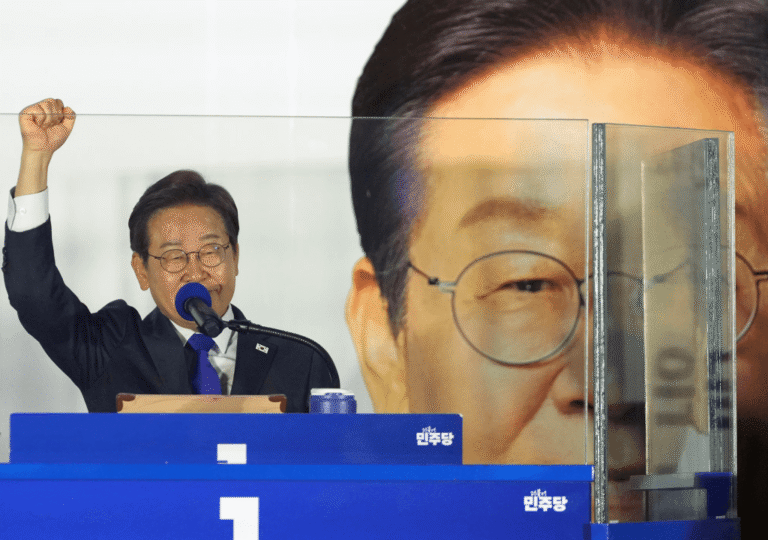The Modi era is redefining Indian politics. The Indian political landscape has undergone drastic changes since Modi assumed the prime ministership after the 2014 general election. Under his leadership, the ruling party, BJP’s influence has expanded across India, with many states that were previously inaccessible to even the mighty Indian National Congress now showing no reluctance to turn in favor of the BJP. As a result, several political parties, including the Indian National Congress, are experiencing their lowest representation in the Lok Sabha (House of Commons). Indian communist parties, once significant players in Indian politics, have also suffered significant losses, with their remaining strongholds crumbling during what Modi’s supporters refer to as his “Ashwamedha”. Despite India’s large working-class and untouchable populations, which were once seen as fertile ground for communism, the country now appears poised to eradicate the last vestiges of communist influence.
In a country that maintained a highly amicable relationship with the Soviet Union, numerous communist-affiliated parties emerged. Among these, The Communist Party of India (CPI) and its factions are considered the foremost representatives of communism in India. The Communist Party of India was founded in 1925 in Kanpur and actively participated in the resistance against British rule and Indian landlords. The party garnered support from the people by addressing common issues such as casteism and advocating for land reforms. Following independence in 1947, the party gained popularity at the national level and emerged as the second-largest party in the early Lok Sabha elections. It also formed governments in many states through democratic elections.
The Communist Party of India (CPI) and its two divisions, the Communist Party of India Marxist (CPIM) and the Communist Party of India Marxist Leninist (CPIML), are considered the strongest communist parties in the Indian political landscape. There are many other divisions, including several banned divisions, who do not agree with the Indian constitution and fight against the Indian military, commonly referred to as the “Naxals”. The CPI, CPIM, and CPIML are also contesting in the upcoming general election. They are in coalition with the INDI alliance and contesting in many constituencies.
CPIM, the strongest and only remaining national party, is contesting most seats. They are part of the government in Kerala and Tamil Nadu, but they fear they will lose their status as a national party if they do not make an impressive performance in the upcoming general election. CPIM is contesting in Kerala, once a stronghold, and in West Bengal, Tripura, and several pockets in the states of Tamil Nadu, Karnataka, Rajasthan, etc., with the support of the Indian National Congress. They do not have any national ambition, but they want to preserve their election symbol, the prestigious Hammer sickle and star, and their national party status. They hope they can garner anti-Modi votes in Kerala and anti-Mamata votes in Bengal and contribute to the INDIA alliance to form a government. However, considering the ground reality, the possibilities are low. In Kerala, their only remaining fortress in India, they failed to form an alliance with the Indian National Congress, and they are fighting each other. It is expected that INC has the upper hand in Kerala with the people’s hatred toward the incumbent communist government. In West Bengal and Tripura, once strongholds of CPIM, the party is now very weak, and it will be a wonder if they secure seats there as they face stiff competition from the Bharatiya Janata Party, though they expect to secure some single-digit seats in Tamil Nadu and Rajasthan as part of the INDI alliance.
CPI and CPIML, other important communist parties, have already lost their national party status. They contest in the election just to have their representation in the Lok Sabha. They are contesting in their strongholds like Kerala, Tamil Nadu, Telangana, Bihar, and Jharkhand. CPI expects some single digits from Kerala, Tamil Nadu, and Telangana, while CPI ML expects seats from Bihar. All three prominent communist parties are getting ready for the endgame because they know that if they are removed from one state, a comeback is almost impossible. In every state where communist parties have been removed from power, people don’t choose them again. West Bengal, the state they ruled for almost 40 years, doesn’t offer any scope for them now. And in Tripura, they vanished. Therefore, continuing to be represented from their remaining stronghold is important for them. Many opinion polls and reports are predicting a blow for the communist party. Combining all three parties at the national level, a mere five to ten seats are predicted.
There are many reasons why communist parties are failing. Firstly, continuous splitting has led to the division of vote banks and reduced the bargaining power and wealth of the party. Even though they are now cooperating, they remain split. Additionally, there is a lack of vision from leadership, shifting policies, increasing caste-based politics since the 1990s, and a Hindu wave since 2014. The party leadership is considered greedy, and many are reported to be corrupt. Serious corruption accusations are rising against leaders, including the remaining communist Chief Minister, Kerala chief minister Pinarayi Vijayan, who is expected to be arrested after the election. It is clear that people are moving away from communist parties, and the party struggles to reach a new audience except for some university students. And interestingly, The current ruling party of India, the BJP, considers communists as anti-nationals. Therefore, this election will decide the future of communism in India.








